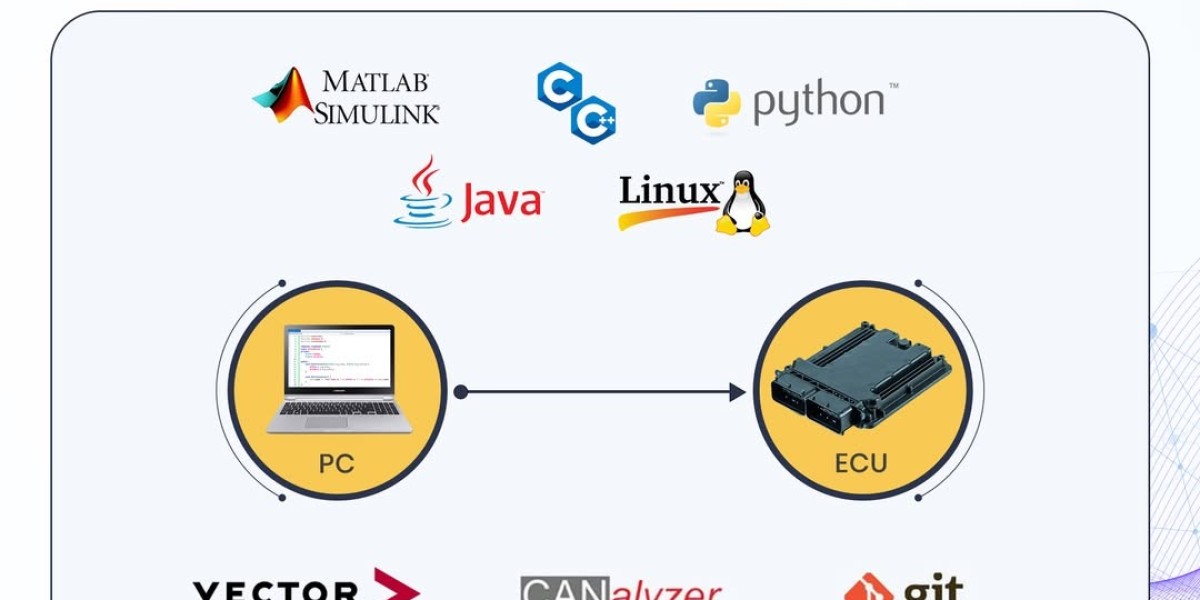Embedded control software systems are integral to the functionality of countless devices and machinery in our daily lives. From household appliances to complex industrial machines, these systems ensure seamless operation by integrating specialized software with dedicated hardware components. This article delves into the intricacies of embedded control software systems, their development processes, applications, and the pivotal role they play in contemporary technology.
Understanding Embedded Control Software Systems
An embedded control software system combines computer hardware and software designed to perform specific control functions within a larger system. Unlike general-purpose computers, these systems are tailored for particular tasks, operating within predefined constraints and real-time requirements. They are "embedded" into the devices they control, ensuring dedicated and efficient performance.
Key Characteristics:
- Dedicated Functionality: Designed for specific tasks, ensuring optimized performance for particular applications.
- Real-Time Operation: Capable of processing inputs and producing outputs within stringent time constraints, crucial for applications like automotive control systems and medical devices.
- Resource Constraints: Operate with limited computing resources, necessitating efficient software design to maximize performance within hardware limitations.
Development Process of Embedded Control Software
The creation of embedded control software is a meticulous process that ensures reliability, efficiency, and safety. A structured approach, often visualized as the V-model, guides the development from requirements to validation.
Phases of Development:
- Requirement Analysis: Define the specific functions and performance criteria the embedded system must meet.
- System Design: Outline the architecture, including hardware specifications and software frameworks, ensuring compatibility and integration.
- Implementation: Develop the software using programming languages suited for embedded systems, such as C or C++.
- Testing and Validation: Conduct rigorous testing, including Model-in-the-Loop (MIL), Software-in-the-Loop (SIL), and Hardware-in-the-Loop (HIL) simulations, to verify functionality and reliability.
- Deployment and Maintenance: Integrate the software with hardware, monitor performance, and provide updates as necessary to maintain optimal operation.
Applications of Embedded Control Software Systems
Embedded control software systems are ubiquitous, underpinning various sectors and industries.
Automotive Industry:
- Engine Control Units (ECUs): Manage engine functions to optimize performance, fuel efficiency, and emissions.
- Advanced Driver-Assistance Systems (ADAS): Enhance vehicle safety through features like adaptive cruise control and lane-keeping assistance.
Consumer Electronics:
- Smart Appliances: Devices like washing machines and microwaves utilize embedded systems for user-friendly interfaces and efficient operation.
- Wearable Technology: Fitness trackers and smartwatches rely on embedded software for real-time health monitoring and connectivity.
Industrial Automation:
- Robotics: Embedded systems control robotic arms and machinery, ensuring precision and efficiency in manufacturing processes.
- Process Control Systems: Manage operations in industries like oil and gas, regulating variables such as pressure and temperature.
Healthcare:
- Medical Devices: Equipment like pacemakers and infusion pumps depend on embedded software for critical patient care functions.
Challenges in Embedded Control Software Development
Developing embedded control software presents unique challenges that require specialized expertise and methodologies.
Real-Time Constraints:
Ensuring that the system responds within strict timeframes is critical, especially in safety-critical applications where delays can have severe consequences.
Resource Limitations:
Designing software that operates efficiently within the confines of limited processing power and memory requires meticulous optimization.
Reliability and Safety:
Implementing robust testing protocols to guarantee system reliability and adherence to safety standards is paramount, particularly in sectors like automotive and healthcare.
Security Concerns:
Protecting embedded systems from cyber threats is increasingly important as devices become more interconnected through the Internet of Things (IoT).
Servotech Inc.: Expertise in Embedded Software Development
Servotech Inc. stands out as a leader in embedded software development, offering comprehensive services that encompass the entire development lifecycle.
Services Offered:
- Model-Based Design: Utilizing tools like MATLAB and Simulink to develop and simulate control algorithms, ensuring accuracy and efficiency.
- Code Generation and Integration: Automatically generating C code from models, integrating with target ECUs, and facilitating seamless hardware-software interaction.
- Testing and Validation: Employing MIL, SIL, and HIL testing methodologies to validate software performance and reliability.
- Lifecycle Support: Providing ongoing maintenance and updates to ensure long-term system performance and compliance with evolving standards.
Conclusion
Embedded control software systems by Servotechinc are foundational to modern technology, enabling devices to perform dedicated functions with precision and reliability. The development of these systems demands a structured approach, addressing challenges related to real-time operation, resource constraints, and security. Companies like Servotech Inc. exemplify excellence in this field, delivering tailored solutions that drive innovation across various industries.



